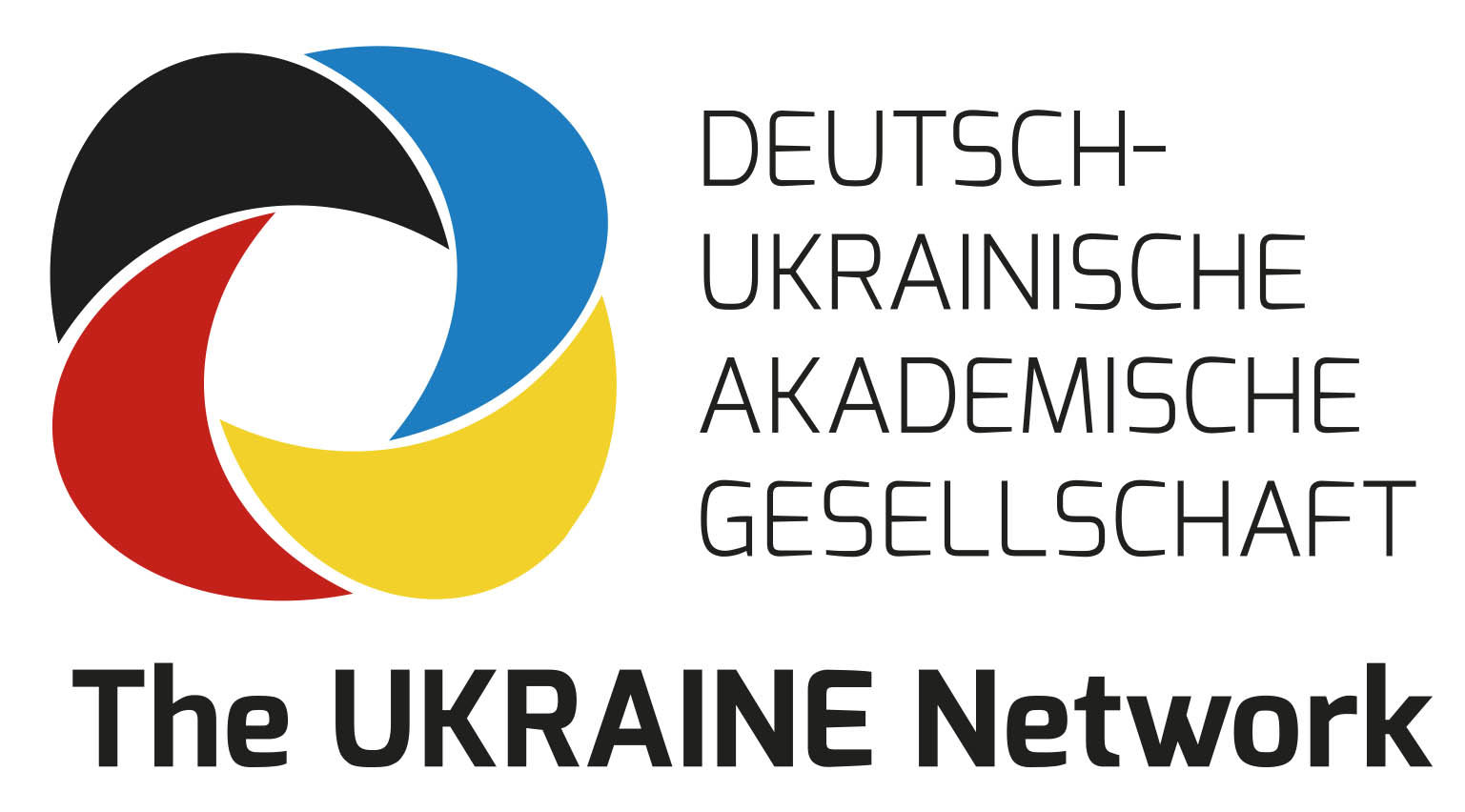Project Title: Creating a Strategy of Internationalisation of Lviv Polytechnic National University for 2021-2025
Submitted by: Prof. Nataliya Chukhray, Vice-Rector of Education and International Relations, Lviv Polytechnic National University (LPNU)
City: Lviv
This project was implemented within the Training Course “Management of Internationalisation and German-Ukrainian Academic Cooperation 2020-2021”, led by the Leibniz University Hannover (LUH), funded by the DAAD (Germany), 2020-2021
Main goals of the project:
- to clarify mission of internationalization of LPNU;
- to perform a SWOT Analysis and identify LPNU’ Strategic Positioning;
- to formulate a Strategic Plan of Internationalisation of LPNU for 2021-2025.
Deliverables:
- Mission of internationalization: to promote the free circulation of persons (students, teachers, staff) and ideas for the dissemination of knowledge for the qualitative growth of personality and sustainable development of the university;
- SWOT Analysis matrix for assessing Strengths, Weaknesses, Opportunities, and Threats of LPNU’s performance in a competitive local and global market place; LPNU’ positioning ranking and map for the universities, which were included in the research.
- Strategic Plan of Internationalisation of LPNU for 2021-2025– the document in which “Key areas and components of internationalization from A to G” are revealed. They are:
- A “Internationalization of educational processes”;
- B “Internationalization of diplomas”;
- C “Export of educational services for foreign citizens”;
- D “Internationalization of scientific and innovative activities”;
- E “Support of international activity of Lviv Polytechnic”;
- F “Information presence of Lviv Polytechnic in the international space”;
- G “International cultural cooperation and community social engagement”
This document was created within the frame of The “Lviv Polytechnic – 2025” Development Strategy”.
Challenges and Support. What were the main challenges of the project and how did you manage to overcome them?
- Marketing challenges:
- diversification of the portfolio of countries and Educational Programmes;
- clear forecasting global trends and clarifying needs of students, teachers, researchers and staff;
- Financial challenges:
- diversification of the sources of funds;
- Organisational challenges:
- uniting followers among researchers, staff, and students into a team to reach the objective and tasks;
- creating tension with units and constructive using of incentive systems;
- creating a list of indicators covering all factors that can contribute and can measure the internationalization actions and outcomes of LPNU (Indicators for Mapping and Profiling Internationalisation).
Various types of resources were involved during the project implementation, namely: Financial, Human, Marketing, IT-resources, and Intangible resources.
Lessons Learnt:
- Strategy of Internationalization is an important document not only for Authorities but also for Academic and Non-academic Departments.
- It is worth developing a Strategy that will consist of two parts: a shorter version of the document will be posted on the site for external use, and an extended version – for internal use.
- Work on the strategy of internationalization is a unifying factor for all departments involved in the processes of internationalization of education, science, innovation, social work and culture, and sports.
Recommendations:
- Be more specific and narrow in setting project goals and objectives.
- Try to choose a project topic that you are familiar with and in which you have competencies.
- Try to choose a topic that relates to your work and your responsibilities and authority at work.
- The strategic plan is not a dogma, but a tool for improving the university.
- Try to unite followers among researchers, staff, and students into a team to reach the objective and tasks.
Impact:
- work on the Strategy integrated the efforts of all non-academic departments to achieve the effect of synergy;
- since the beginning of the project, the university has improved its position in the world and national rankings;
- for academic units the components and content of internationalization processes of the university have become clearer.
Outlook and Sustainability (What happens to the project after the end of the course):
We expect the following key outcomes:
- enhancing the quality of education (components A-C);
- enhancing the quality of research and innovation activities (components D);
- well-preparing students for life and work in an intercultural and globalizing world (components A-D);
- enhancing the international reputation and visibility of the unit (components E, F);
- providing service to society and community social engagement (components D,G).
Roadmap for the further development of the project till 2025:
| Planned dates till 2025 | Activity for the further development of the project | the key outcomes |
| Annually until 30th of November | Creating of the implementation plan to execute the strategy for next year | Draft of Implementation plans |
| Annually until 25th of December | Approval of the Implementation plans by the Academic Council of Institutes (17) | Implementation plans |
| Annually until 31th of January | Annual KPI Reporting of the Chiefs of the Educational and Scientific Departments | KPI Reporting of every departments |
| Annually until 28th of February | Forming plans of Key Performance Indicators (KPI) for Educational and Scientific Departments (107) for the next year | KPI Plans for every departments |
